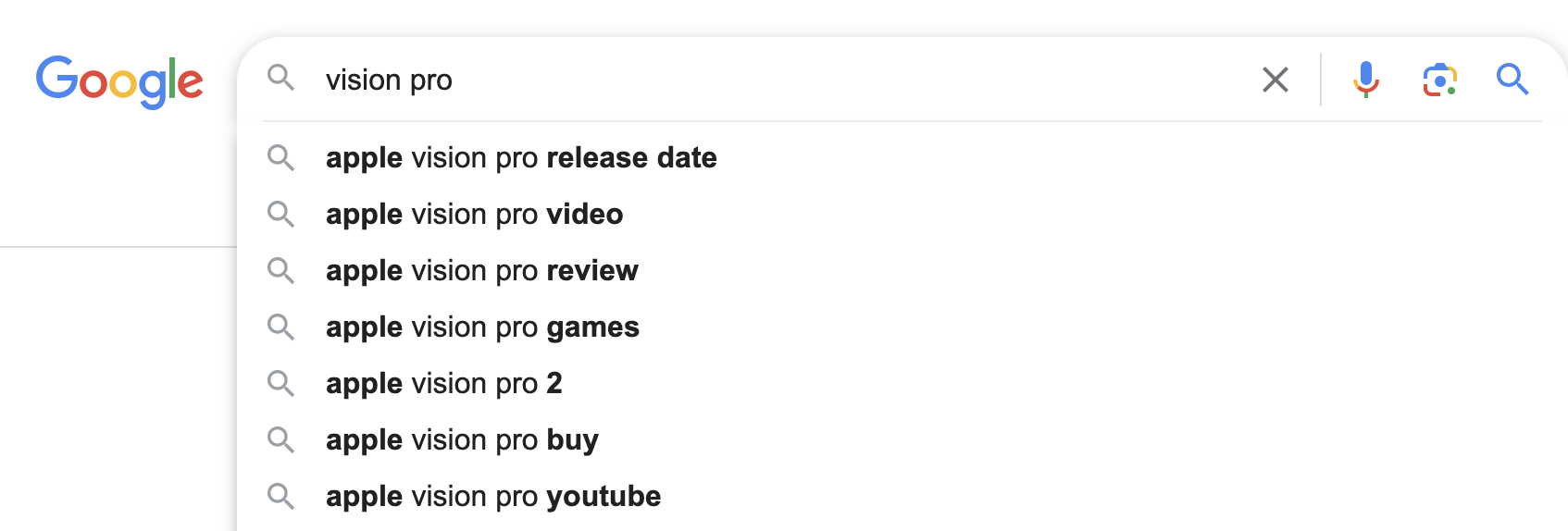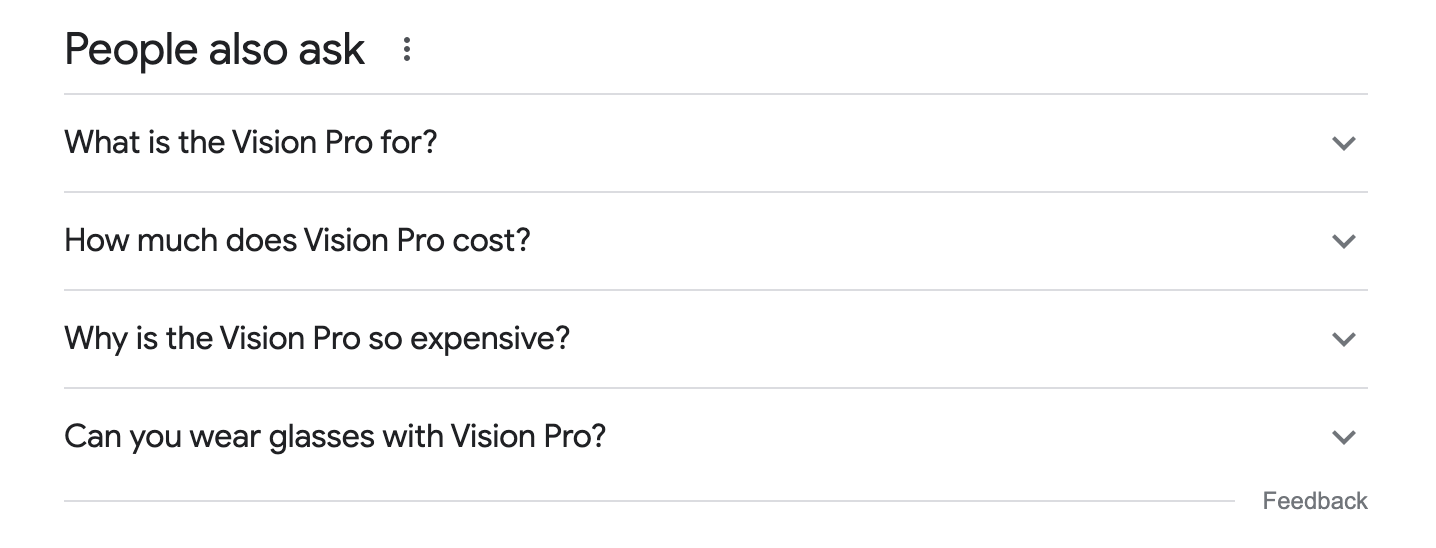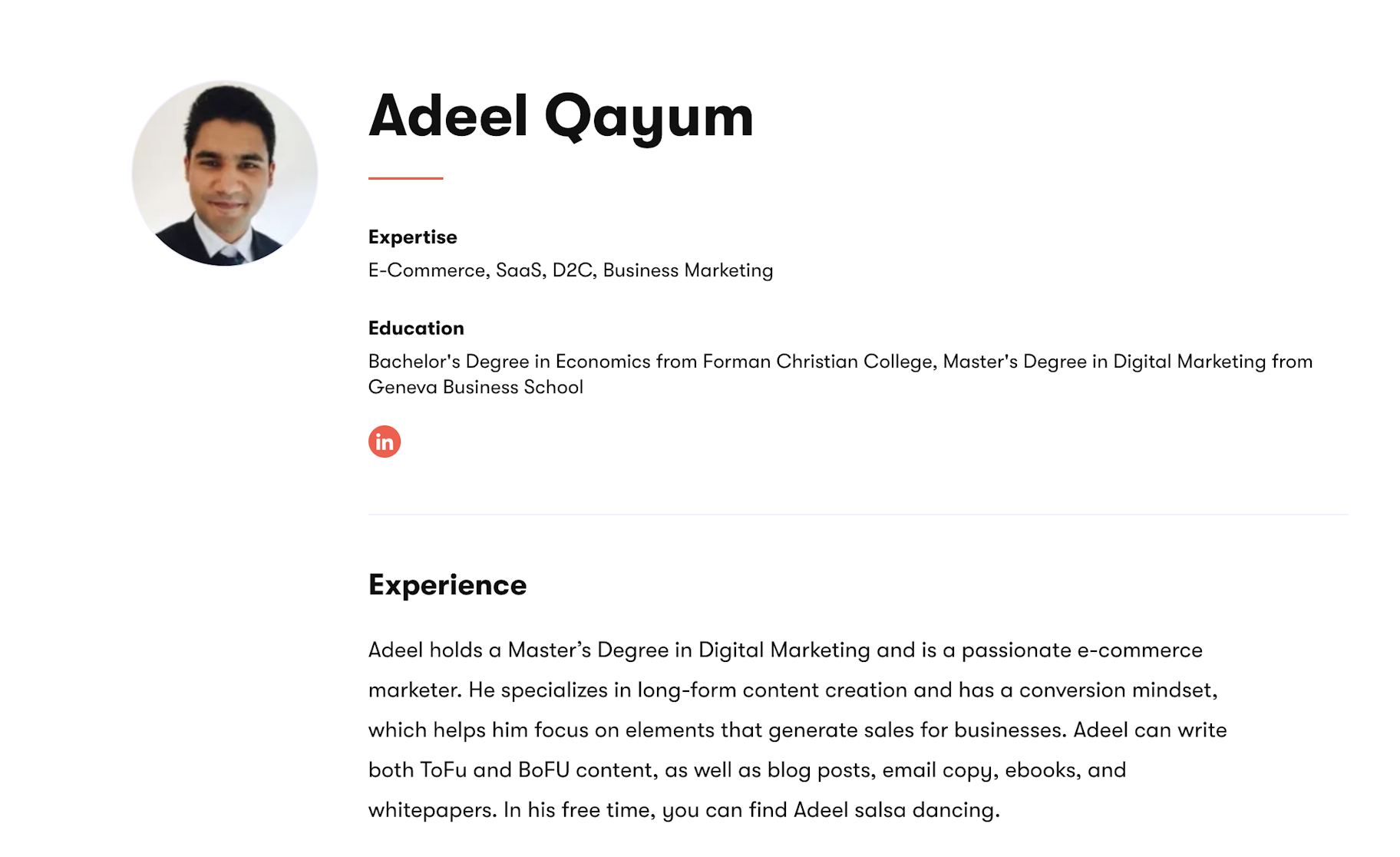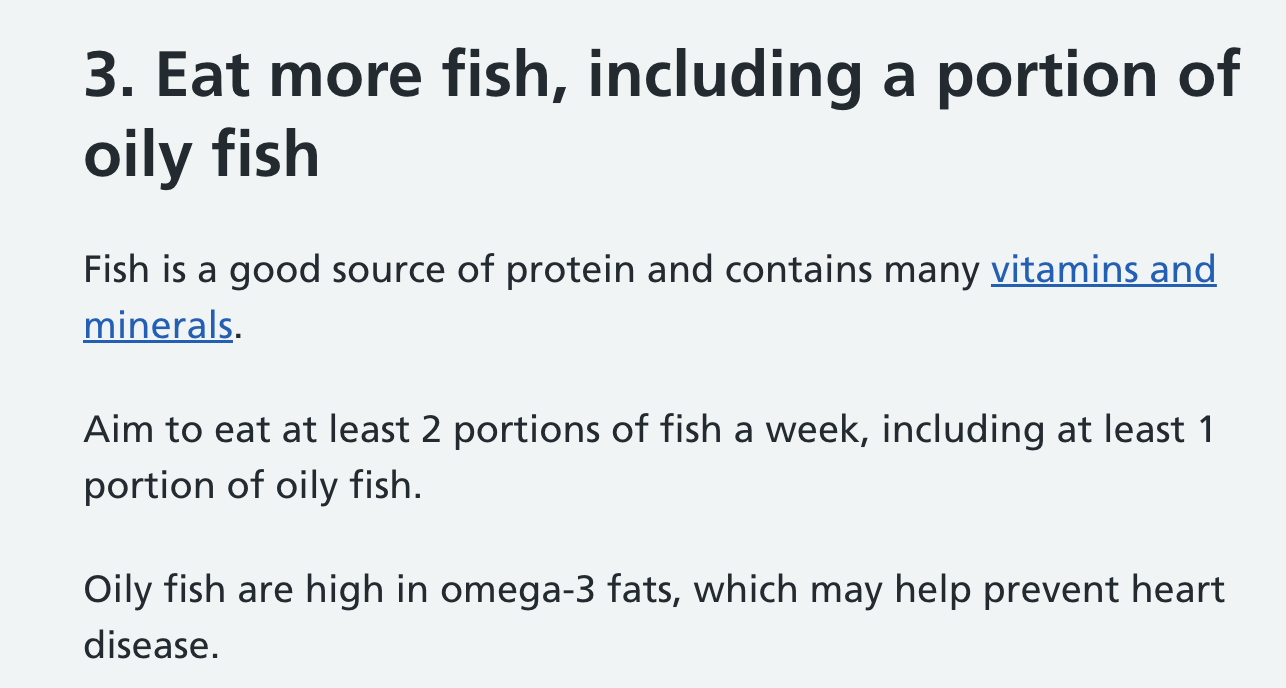Search engine optimization—SEO for short—is the key to making your website more visible online. However, just installing an SEO plug-in or stuffing your content with keywords won’t cut it. To truly improve your site’s reach and rank, you’ll need to build a comprehensive SEO strategy based on competitor analysis and an understanding of user intent.



What is SEO?
SEO is the process of optimizing a website so its pages rank better in search engines. It helps businesses gain organic traffic and reach a wider customer base.
There are three types of SEO:
- On-page SEO: On-page optimization involves refining your website’s text, titles, headers, and meta descriptions to enhance its relevance and visibility in search results.
- Off-page SEO: Off-page optimization focuses on acquiring backlinks from other reputable websites, which act as a vote of confidence toward the quality of your content.
- Technical SEO: Technical optimization emphasizes improving your website’s speed, coding, and structure so search engines can crawl and index it with ease.
Understanding each SEO type is crucial for improving your site’s visibility and enhancing customer experience.
What is an SEO strategy?
An SEO strategy is a plan of action created to improve a website’s rank in search engine results. It involves using a variety of techniques to boost the site’s ranking and draw more organic, non-paid traffic. Key components of this strategy include:
- Keyword research: Discovering the phrases and terms that potential visitors are searching for.
- Competitor analysis: Studying what your competitors are doing well in SEO and identifying opportunities for your own site.
- User intent: Understanding why people are making those searches and what information they hope to find.
A well-defined SEO strategy can uncover growth opportunities and keep you accountable in improving your digital footprint.
Creating an effective SEO strategy in 9 steps
1. Create an ideal customer profile
Begin your SEO efforts by crafting your ideal customer profile (ICP). This detailed persona includes demographics, interests, and behaviors, guiding your content to meet their specific needs.
For instance, if you’re targeting parents looking for educational toys, your ICP will help you focus on the right topics and keywords.
With your ICP in hand, tailor your content to the stages of the buyer’s journey. Use the insights from your ICP to pick keywords and create content that speaks directly to their search intent at each phase.
Pro tip: Use the detailed aspects of your ICP to inform your keyword selection and content creation. This ensures your material is not only relevant but also highly targeted to the people most likely to buy from you.
2. Perform keyword research
No SEO strategy is complete without keyword research. This is a crucial step for identifying the topics your audience is searching for.
You can easily find out what your target market is looking for by using Google Suggest.
Type a particular keyword into Google’s search bar, and watch as it fills in with suggestions.

These suggestions are valuable for SEO because they mirror real search trends directly from Google.
When crafting your strategy, pay close attention to long-tail keywords. These are the specific phrases your audience types into search engines when they’re closer to a purchase or when they’re looking for detailed information.
For example, instead of searching “dog food,” someone might type in “grain-free small breed dog food” to find a more precise match for their needs.
Targeting such queries can directly increase your content’s visibility and precision in meeting user needs. To analyze the search volume of these terms, keyword research tools like Ahrefs and Semrush can be incredibly useful.
3. Analyze search engine results pages (SERPs)
After choosing your keywords, it’s time to analyze search engine result pages (a.k.a. Google search results). This is where you’ll get a picture of the competitive landscape and what it takes to rank for your target keywords.
Here’s how to proceed:
- Check how many others are trying to rank for your keywords. This tells you if a keyword is too competitive.
- See who is at the top: big names or smaller, specific sites. This helps you know who your competitors are.
- Pay attention to the type of content that ranks well. Is it articles, blogs, or product pages?
- Examine organic search queries to learn the user’s intent. This insight can shape your content to directly address their needs.
- Keep an eye on Google’s SERP features like featured snippets and People Also Ask. They offer clues about how to optimize your content to rank better in search results.

With the insights you gather from analyzing the SERPs, you can adapt your SEO strategy to better align with user search intent.
4. Build a content plan
After checking out search results, it’s time to create content.
Start by considering what your customers want and their problems. Aim to solve these with your content. For instance, you could write a blog post titled “5 Easy Fixes for Common Home Wi-Fi Issues” if you know your audience struggles with internet connectivity.
Next, tackle the challenge of ranking for keywords. Don’t cram many keywords into one page. Instead, create a main page for each big topic related to your products or services. This page should act as a guide to more specific articles or posts.
Decide how many of these main pages you need based on your product range or services. This strategy makes it easier for customers to find you, no matter what keywords they type into a search engine.
5. Demonstrate your E-E-A-T
Writing content that meets the E-E-A-T criteria—expertise, experience, authority, trustworthiness—is essential for SEO success. Google’s algorithm now goes beyond just checking if your content has the right keywords. It evaluates the quality of your content based on these factors to ensure you’re qualified to provide information or sell products to searchers.
To demonstrate your expertise, consider implementing the following strategies:
- Highlight your industry expertise and years of experience in the About Us section of your website.
- Publish case studies or success stories showcasing real-world results and achievements in your field.
- Contribute guest posts to relevant blogs and websites to share knowledge and build authority.
- Participate in industry events, webinars, or speaking engagements to establish yourself as a thought leader.
- Collaborate with or feature contributions from professionals known for their expertise in successful projects.
- Include your credentials across the web, including your website, social media profiles, and professional networking platforms like LinkedIn.

These steps help build your credibility and authority, signaling to Google that your content is valuable and trustworthy.
6. Develop a link building strategy
Link building is the process of getting other websites to link to your site. When they do, you earn what’s commonly referred to as a backlink.
Backlinks help search engines understand the relevance and authority of your site. The more authoritative the site linking to you, the more positive the impact on your search engine rankings.
Getting these backlinks involves several strategies. One straightforward approach is to contribute high-quality content to other websites, which can include a link back to your site.
Another method is creating share-worthy content that naturally attracts links. This could be original research, infographics, or insightful guides that others find useful and want to share.
Finally, you can participate in online forums and communities relevant to your industry. By actively contributing valuable insights and advice, you can include backlinks to your site.
7. Don’t forget internal links
Internal links—those that connect one page of your site to another—are just as important as external backlinks. These links use relevant keywords as anchor text to help search engines understand the relationship between various pages on your site.
To build internal links, start by reviewing your content to identify opportunities where one page can naturally link to another.
For example, maybe you have a blog post about “Healthy Eating Tips” and another related article on “Fish and shellfish.” You can link these pieces by using relevant anchor text such as “find out more about fish and shellfish” in the healthy eating tips article.

8. Measure the impact of your efforts
At the end, make sure to check how well your efforts are working. Choose the key performance indicators (KPIs) you care about, decide how often to check them, and figure out which tools will help.
There are lots of tools like Ahrefs, Semrush, and Google Analytics for tracking SEO progress such as website visits, money made, keyword positions, online visibility, and links to your site.
Also, use Google Search Console. It’s free and gives you a look at how your site shows up in search results and checks for any technical issues.
Remember, SEO is a continuous process
The above steps will help you create an SEO strategy that lays a solid foundation for success. However, remember that achieving and maintaining high rankings requires ongoing effort and adaptability.
Keep a vigilant eye on changing algorithms and evolving search intent, and be ready to adjust your approach accordingly.
With consistent monitoring and adaptation, you can ensure your SEO strategy remains effective in the long run.






